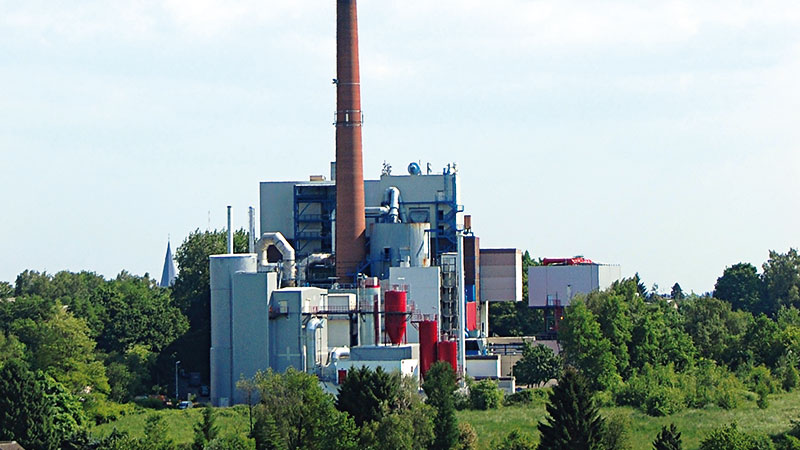The newly adopted WI BAT Conclusions are the reference for setting permit conditions of the Waste-to-Energy (WtE) plants. This means that within 4 years from today, all permit conditions of European WtE plants will be reconsidered and, if necessary, updated to ensure compliance with the new requirements. These new BAT Conclusions set even more demanding standards than the already very strict previous legal requirements of Annex VI of the Industrial Emission Directive (IED), regarding emission limits. They also add a number of controlled substances and monitoring requirements.
The WtE sector is used to strict regulations. Already the Waste Incineration Directive of 2000 made WtE incineration the most stringently regulated and controlled industrial activity. The directive was merged with the Industrial Emission Directive (IED) in 2010 and set the legally binding emission limits in its Annex VI. The efforts put in place by WtE operators to achieve the ambitious standards can be clearly seen from the sector‘s extremely low contribution to the overall industrial emissions collected for the European Pollutant Register. WtE incineration contributes only 1.8% of NOx and less than 1% of dioxins and mercury emissions to the overall European industrial emissions.
The new WI BAT Conclusions result in an ambitious package, not only for the concentration ranges (BATAELs) that are the basis for emission limit values in the new permits, but also for other requirements such as continuous monitoring of mercury emissions to air and continuous sampling of emissions of dioxins and furans. Moreover, BAT conclusions are not only about emissions, they include the references to the most advanced techniques for combustion performance, energy efficiency, material efficiency, noise control and for implementing an environmental management system.
As part of the BREF review process, emission data was collected from existing plants which due to previous legislation, already presented very low emission values. When emissions are at such low levels, the uncertainty of the measurement becomes a very important topic. No measurement is exact, and for a given monitoring device the lower the measured value is, the less reliable the result of the measurement becomes. The measurement uncertainty needs to be tackled to avoid that monitoring requirements become inconsistent with future Emission Limit Values. CEWEP expected to see a mention of this issue and how this is taken into account in the BAT Conclusions but considers it a starting point that the reference to this has been made in Chapter 7 of the published WI BREF.
The document was meant and designed to include in its scope all waste incineration and all co-incineration plants that are not already regulated in other BAT Conclusions. One of the aims of this extensive work undertaken by the Technical Working Group, formed by Member States’ representatives, NGOs and industries and lead by the European IPPC Bureau, was to provide a level playing field in Europe and even beyond.
WI BAT Conclusions tackle many aspects of how the BAT principle can be considered when writing permits for the installation but does not cover every last detail. For those issues that are left unsaid, CEWEP believes that knowledge transfer is the best strategy to avoid a fragmented – or even incorrect – implementation. For this reason, CEWEP – together with other associations published an Explanatory and Guidance document and organises meetings and workshops, directed towards various stakeholders. Legal certainty is a necessary basis to avoid legal disputes on compliance in the future.






